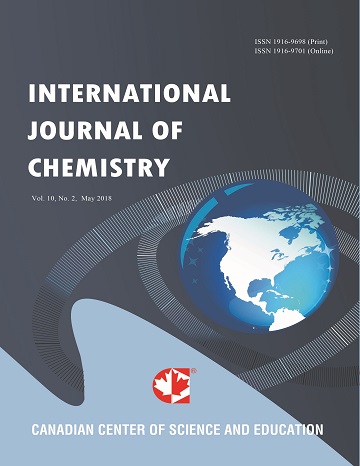Chemical Changes in 15 Year-old Cultivated Acacia Hybrid Oil-Heat Treated “at 180, 220 and 220°C”
- Izyan Khalid
- Razak Wahab
- Mahmud Sudin
- Othman Sulaiman
- Affendy Hassan
- Roziela Alamjuri
Abstract
The chemical constituents of oil-heat treated cultivated 15 years-old Acacia hybrid were investigated. The logs of A.
hybrid were harvested and cut at bottom, middle and top portions and oil-heat treated using organic palm oil at
temperatures of 180, 200 and 220°C for the time 30, 60 and 90 minutes. The wood samples were dried and grinded into
sawdust, and air-dried again prior to the chemical analysis. Untreated samples were used as controls. The results on the
analysis of the chemical contents in the oil-treated A. hybrid shows some changes occurred when treated from 180 to
220°C. The variation occurred in the chemical contents for both the sapwood and heartwood. The holocellulose contents decrease from 71.5 to 63.1% and 73.4 to 64.0% for sapwood and heartwood respectively. The cellulose
contents decreased from 47.1 to 37.7% for the sapwood and 48.9 to 38.1% for heartwood. The hemicellulose content's
increases from 24.4 to 25.4% in the sapwood and 24.5 to 25.9% for the heartwood. Lignin contents increased 20.8 to
24.0% for the sapwood and 22.4 to 24.9% in the heartwood for treatment temperature from 180 to 220°C.
- Full Text:
 PDF
PDF
- DOI:10.5539/ijc.v2n1p97
Index
Contact
- Albert JohnEditorial Assistant
- ijc@ccsenet.org
